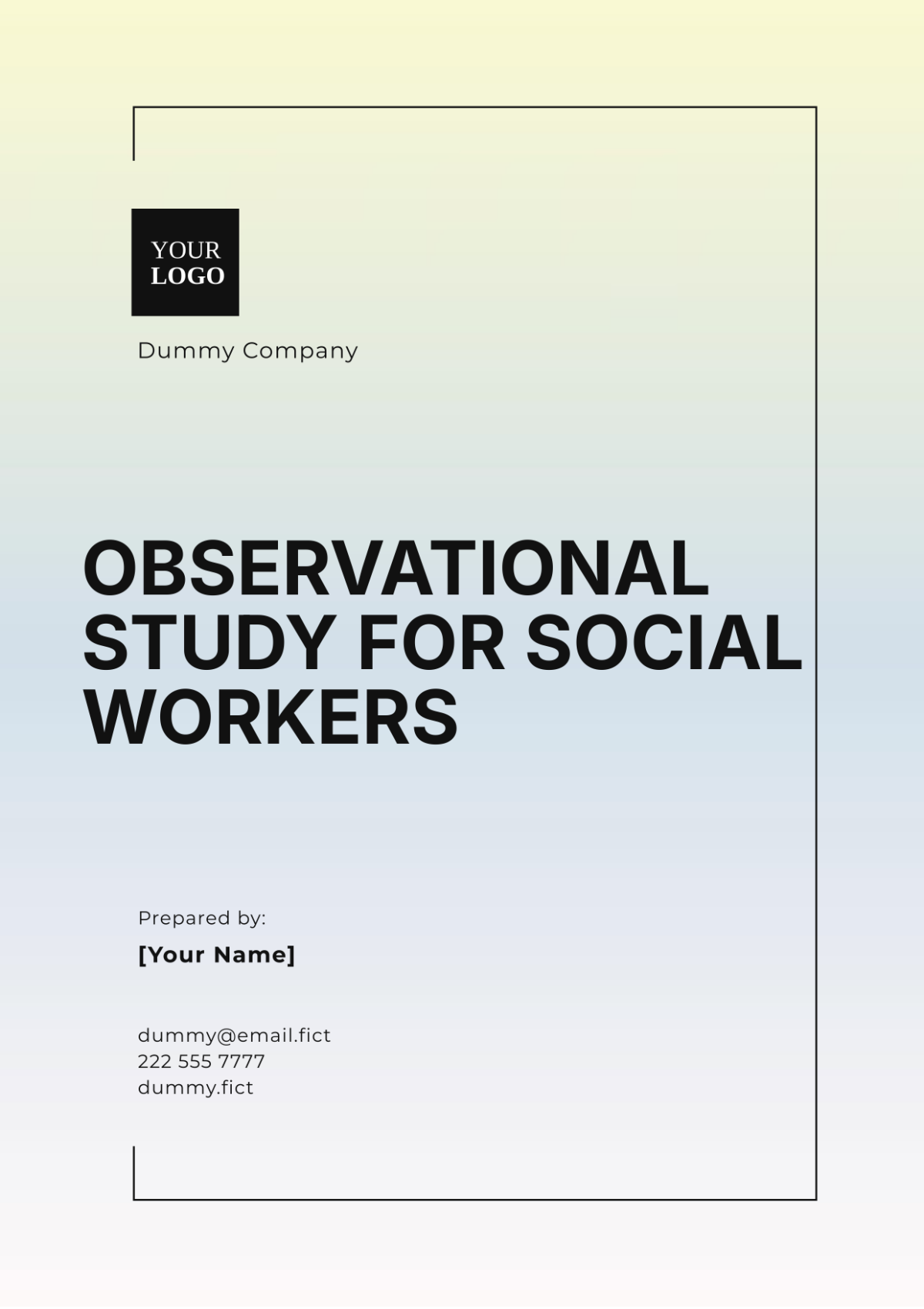Free Observational Study for Social Workers
The Observational Study for Social Workers, offered by Template.net, is a customizable, downloadable, and printable template designed to streamline your research process. Perfect for documenting key observations, this template is fully editable in our AI Editor Tool, allowing you to personalize it to meet your unique requirements.






























